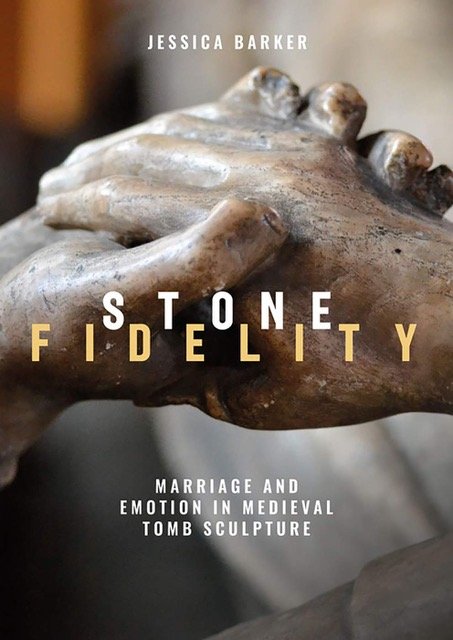The ICMA congratulates Elina Gertsman and Joan Holladay for their recent book awards.
Charles Rufus Morey Book Award - College Art Association
Elina Gertsman, The Absent Image: Lacunae in Medieval Books, Penn State University Press, 2021.
Countering the customary interpretation of late medieval art as relentlessly profuse and exuberant, Elina Gertsman’s The Absent Image: Lacunae in Medieval Books, explores different constructions of emptiness ranging from the presentation of voids in illustrations to represent the unrepresentable to the deliberate inclusion of physical holes in manuscript pages designed to reveal portions of other pages. Gertsman’s investigation of the “fecundity of emptiness” is a generative and compelling topic for scholars of art history/visual studies across areas, both within and outside Medieval Studies. She argues and demonstrates that, between 1200s and 1500s, the broad circulation of scientific thought and its engagement with theology and formal and literary discourses on emptiness, absence, and negation account for visual, cognitive, and material expressions on the pages of medieval books. Cross-disciplinary in its approach, Gertsman’s book simultaneously draws attention to the visual and material aspects of the manuscripts, phenomenological experience, and philosophical, religious, and scientific theories of the period. In doing so she uncovers an unexpected kinship between the medieval artists and the modernist avant-garde, where the void is regarded as the locus of the sublime and of boundless possibility. Her erudite writing and compelling approach to the subject poses questions throughout that magnify the relevance of her study and stimulate personal inquiry—as a reader reflects on other areas of consideration across time called out in the text. The book is lavishly illustrated and artfully designed with a shape and size complementary to the subject of study.
Committee:
John Cunnally, Iowa State University
Christina Hellmich, Fine Arts Museums of San Francisco
Laura Anne Kalba, University of Minnesota
Lisa D. Schrenk, University of Arizona
Dorothy Wong, University of Virginia (Chair)
2022 Karen Gould Book Prize in Art History - Medieval Academy of America
This is the first book to deal exclusively with medieval genealogical imagery. While paying attention to historical precedents in Roman and Carolingian times, and covering a wide range of examples in multiple media, Joan Holladay does full justice to a distinctive and important visual genre which, from the twelfth century, developed rapidly across medieval Europe. Through diagrams, monumental painted cycles, tomb sculpture and stained glass, the author’s sweeping and authoritative analysis is driven by admirable attention to the structural and formal qualities of the imagery, which throughout the book emerge as a visual genre in their own right. Equally focused on the genre’s ideological dimensions, Holladay persuasively demonstrates, for example, how genealogical imagery was produced to solidify lineal claims -- both real and imagined -- and assist memory in contexts of discontinuity and stress in transition lines. By touching on a great variety of stimulating topics, this fluently written and generously illustrated book offers a unique and seminal contribution to the field, one destined to inspire a broad interdisciplinary audience of medievalists.

















